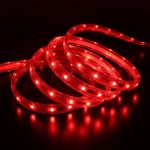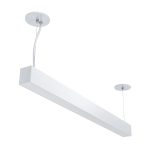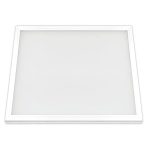LED Light Bulbs: How They Work and Why They’re a Smart Choice
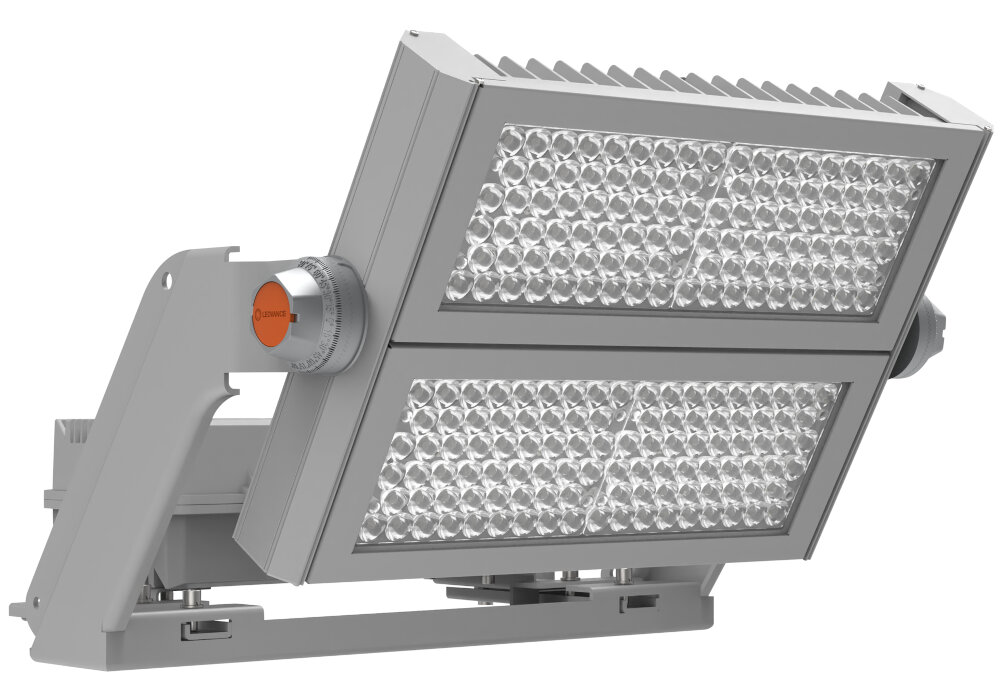
LED light bulbs have gained immense popularity in recent years, owing to their energy efficiency, long lifespan and cost-effectiveness. Unlike traditional incandescent bulbs, LED bulbs do not rely on a filament to produce light. Instead, they use a semiconductor to convert electrical energy into light energy. This technology not only makes LED bulbs more energy-efficient but also allows them to emit brighter and more focused light. In this article, we’ll explore how LED light bulbs work, and why they’re a smart choice for anyone looking to save energy and reduce their carbon footprint. One of the most significant advantages of LED light bulbs is their energy efficiency. LED bulbs use up to 90% less energy than incandescent bulbs, which means they produce the same amount of light while consuming significantly less power. This energy efficiency translates into lower electricity bills and reduces the demand for power plants to generate electricity, resulting in a reduced carbon footprint. Furthermore, LED bulbs last longer than traditional bulbs, with an average lifespan of 25,000 to 50,000 hours, meaning you won’t have to replace them as often, saving you money in the long run. In the following sections, we’ll dive deeper into how LED bulbs work and explore their benefits in detail.
Light Emitting Diodes (LEDs) are a solid-state lighting technology that converts electricity into light. The technology uses tiny semiconductors that emit light when an electric current passes through them. As compared to traditional incandescent bulbs, LEDs are more energy-efficient, durable, and long-lasting. LED bulbs consume less electricity, last longer, and produce less heat. Moreover, LEDs are available in a variety of colors and can be dimmed to suit different lighting needs. LED technology is rapidly replacing traditional lighting systems in homes, offices, and public places due to its numerous benefits.
When compared to traditional incandescent bulbs, LED light bulbs are a far superior choice. Incandescent bulbs produce light by heating a filament until it glows, which uses a lot of energy and produces a lot of heat. LED bulbs, on the other hand, produce light through a process called electroluminescence, which is much more efficient and produces very little heat. In fact, LED bulbs use up to 80% less energy than incandescent bulbs and can last up to 25 times longer. Additionally, LED bulbs are more durable and environmentally friendly, as they contain no hazardous materials and can be recycled. Overall, choosing LED bulbs over traditional incandescent bulbs is a smart choice for both your wallet and the environment.
How LED Light Bulbs Work
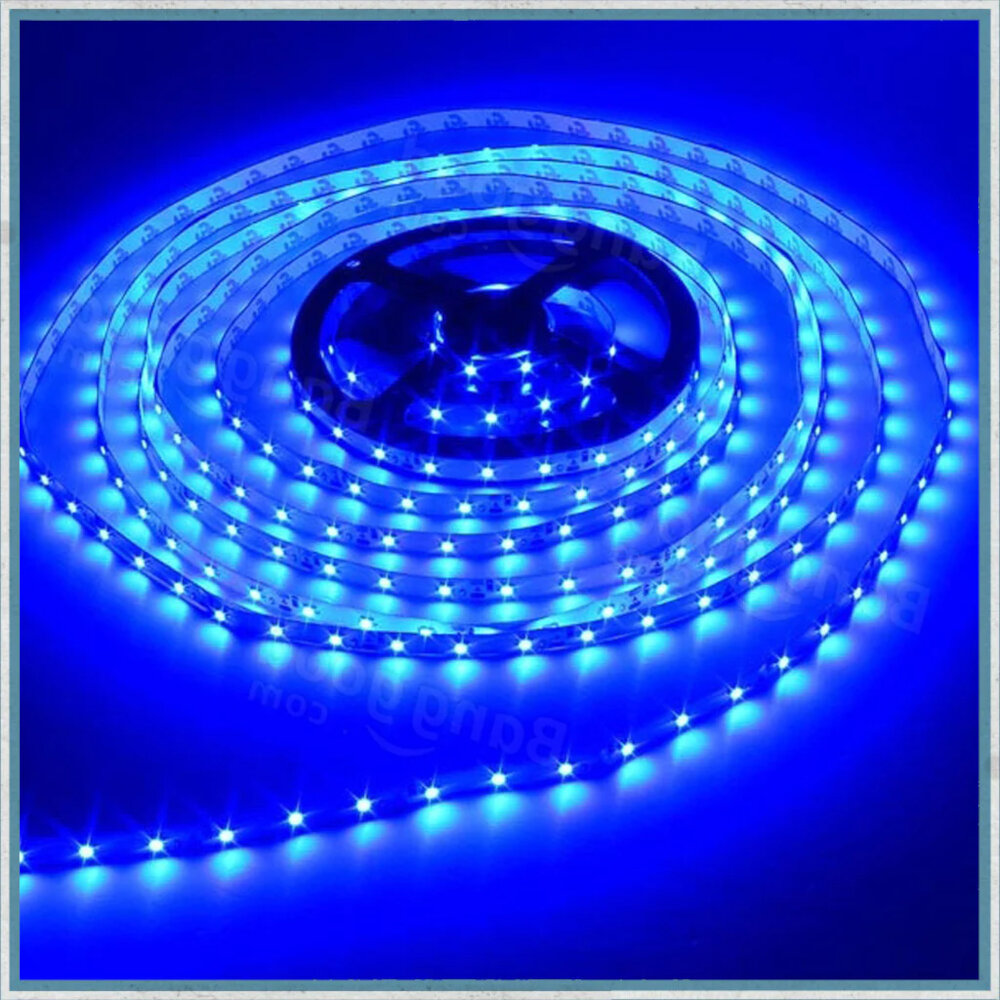
LED light bulbs are a popular choice for lighting in homes and businesses. They use light-emitting diodes to produce light instead of the traditional incandescent bulbs. LED bulbs are more efficient and long-lasting than their counterparts, making them a smart choice for anyone looking to save energy and money. The way LED light bulbs work is through a process called electroluminescence. When an electric current is passed through a semiconductor material, such as silicon, it causes the electrons to release energy in the form of photons. These photons then produce visible light. Unlike incandescent bulbs, which produce light by heating a filament, LED bulbs produce light by using a much smaller amount of energy. This results in a more efficient and longer-lasting light source. Additionally, LED bulbs do not contain any hazardous materials, making them an eco-friendly choice.
LED (Light Emitting Diode) light production is based on the principle of electroluminescence. When an electric current passes through a semiconductor material, it excites the electrons, causing them to jump to a higher energy level. As the electrons return to their original state, they release energy in the form of photons, producing light. Unlike traditional incandescent bulbs, which rely on heating a filament to produce light, LEDs don’t waste energy on producing heat, resulting in up to 80% energy savings. Additionally, LEDs have a longer lifespan, emit less heat, and are more environmentally friendly due to their lack of hazardous materials. Overall, the science behind LED light production makes it a smart choice for anyone looking to save energy and reduce their environmental impact.
LED light bulbs have become increasingly popular due to their energy efficiency and longevity. The components of an LED bulb include the LED chip, the driver, the heat sink, and the lens. The LED chip is the heart of the bulb and is responsible for converting electrical energy into light. The driver regulates the electrical current to the LED chip, ensuring that it functions properly and doesn’t overheat. The heat sink dissipates the heat generated by the LED chip, preventing it from overheating and reducing the bulb’s lifespan. Finally, the lens disperses the light emitted by the LED chip, giving the bulb its desired brightness and beam angle. Each component plays a critical role in ensuring that the LED bulb operates efficiently and effectively, making it a smart and sustainable choice for lighting solutions.
LED technology has revolutionized the lighting industry in recent years, offering numerous advantages over traditional bulbs. Firstly, LED bulbs are highly energy-efficient, consuming up to 80% less energy than incandescent bulbs, thereby reducing electricity costs and lowering carbon emissions. Secondly, LED bulbs last significantly longer, with a lifespan of up to 25,000 hours compared to the average 1,000 hours of an incandescent bulb. Additionally, LED bulbs emit very little heat, making them safer and more comfortable to use. Finally, LED bulbs offer a range of color temperatures and can be dimmed or brightened, making them highly versatile and adaptable to various lighting needs. Overall, the advantages of LED technology over traditional bulbs make them a smart, cost-effective, and environmentally friendly choice for lighting solutions.
Benefits of LED Light Bulbs

LED light bulbs have become increasingly popular in recent years, and for good reason. There are numerous benefits to using LED bulbs over traditional incandescent or fluorescent options. Firstly, LED bulbs are highly energy-efficient, using up to 90% less energy than incandescent bulbs. This means that not only are they better for the environment, but they can also save you a significant amount of money on your energy bills. In addition, LED bulbs have a much longer lifespan than traditional bulbs, lasting up to 25,000 hours or more. This means that you won’t have to replace them as often, reducing waste and saving you money in the long run. Another major benefit of LED bulbs is that they produce very little heat compared to traditional bulbs. This makes them safer to use and reduces the risk of fire hazards. LED bulbs also come in a variety of colors and can be dimmed, providing flexibility in lighting options for different settings. Additionally, they contain no harmful chemicals such as mercury, which is found in fluorescent bulbs. This means that they are safer for the environment and easier to dispose of. Overall, LED bulbs are a smart choice for anyone looking to save money, reduce their environmental impact, and enjoy the benefits of modern lighting technology.
Energy efficiency is a crucial factor to consider when choosing lighting solutions for your home or workplace. LED light bulbs are a smart choice because they are highly energy-efficient and can help you save on your electricity bills. They use up to 80% less energy than traditional incandescent bulbs, which means that they produce the same amount of light while using significantly less power. This not only saves you money on your energy bills but also reduces your carbon footprint and contributes to a more sustainable future. Additionally, LED bulbs have a longer lifespan than incandescent bulbs, reducing the need for frequent replacements and further cutting down on costs. Overall, investing in LED light bulbs is a smart choice that can benefit both your wallet and the environment.
Longevity and durability are two key factors that make LED light bulbs a smart choice for consumers. Unlike traditional incandescent bulbs, which have a short lifespan and are prone to breakage, LED bulbs can last up to 25,000 hours or more. This means that they need to be replaced far less frequently, saving consumers both time and money in the long run. Additionally, LED bulbs are made with sturdy materials that make them resistant to shock and vibration, which further contributes to their longevity and durability. Overall, LED bulbs offer a reliable and cost-effective lighting solution that is built to last.
Eco-friendliness and the reduction of carbon footprint have become a pressing concern for humanity today. LED light bulbs play a significant role in achieving this goal by consuming less energy and lasting longer than traditional bulbs, which not only reduces carbon emissions but also saves money. The use of LED light bulbs has been proven to be an eco-friendly and cost-effective alternative that is increasingly becoming popular among homeowners and businesses. By switching to LED lighting, we can reduce our carbon footprint and contribute to the conservation of the environment in a meaningful way.
One of the most remarkable benefits of LED light bulbs is their improved safety and reduced fire hazard. Unlike traditional incandescent bulbs, LED bulbs produce significantly less heat, making them less prone to overheating and fire hazards. Additionally, LED bulbs are constructed with solid-state technology, which means they are less fragile and less likely to shatter or break, reducing the risk of injury from broken glass. LED bulbs also emit less ultraviolet radiation, which makes them safer for use in areas where UV-sensitive materials are present, such as museums or art galleries. With their advanced technology and superior safety features, LED light bulbs are undoubtedly a smart choice for anyone looking to upgrade their lighting system.
Choosing the Right LED Bulb
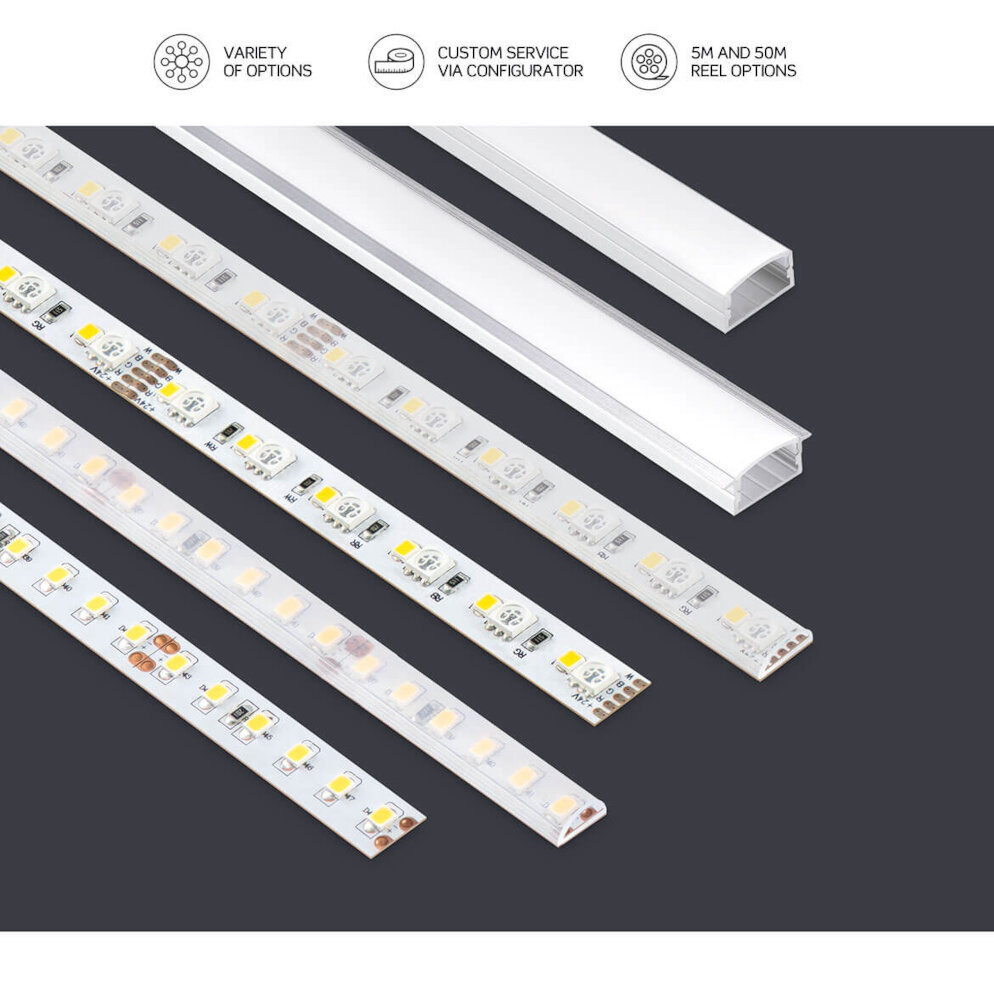
When it comes to choosing the right LED bulb, there are a few factors to consider. The first thing to keep in mind is the brightness level needed for the intended space. LED bulbs are available in a range of brightness levels, usually measured in lumens. The higher the lumen rating, the brighter the light output. It’s important to choose a bulb with an appropriate brightness level for the space it will be used in. For example, a bulb with a high lumen rating would be ideal for a large living room, while a lower lumen rating would be more suitable for a bedroom. Additionally, it’s important to consider the color temperature of the bulb. LED bulbs are available in a range of color temperatures, from warm white to cool white. Warm white bulbs have a softer, yellowish glow, while cool white bulbs have a brighter, bluish-white glow. The color temperature of the bulb can affect the feel and ambiance of a room, so it’s important to choose a temperature that suits the intended use of the space. Another important factor to consider when choosing an LED bulb is its energy efficiency. LED bulbs use significantly less energy than traditional incandescent bulbs, which means they are more cost-effective in the long run. In addition to using less energy, LED bulbs also have a longer lifespan than traditional bulbs, which means they need to be replaced less frequently. When shopping for LED bulbs, it’s important to look for bulbs with a high energy efficiency rating, such as those with Energy Star certification. By choosing an energy-efficient LED bulb, you can save money on your energy bills and reduce your environmental impact. Overall, selecting the right LED bulb involves considering factors such as brightness level, color temperature, and energy efficiency, all of which can make a big difference in terms of cost, convenience, and ambiance.
When selecting LED bulbs, there are several factors to consider that can influence your decision. Firstly, brightness should be considered, as it will determine the amount of light emitted by the bulb. Secondly, color temperature is important, as it can affect the ambiance and mood of a room. Dimmability is also a critical factor, especially in areas where versatility and ambience are required. Lastly, compatibility with fixtures is a significant consideration, as not all LED bulbs can fit in all fixtures. Overall, it is important to choose LED bulbs that meet your specific lighting needs, while considering these factors to ensure maximum satisfaction and energy efficiency.
LED bulbs are labeled with information about their specifications and performance, allowing consumers to make informed choices about their lighting needs. The label includes the bulb’s brightness, measured in lumens, which indicates how much light the bulb produces. The color temperature, measured in Kelvin, is also provided, indicating whether the light is warm or cool. The wattage, or energy consumption, is also included, allowing consumers to compare energy efficiency across different bulbs. Additionally, the label may indicate the bulb’s expected lifespan, measured in hours, and whether it is dimmable or suitable for outdoor use. By understanding the labeling and specifications of LED bulbs, consumers can choose the right bulb for their needs, save money on energy bills, and reduce their environmental impact.
Tips for Installing and Using LED Light Bulbs
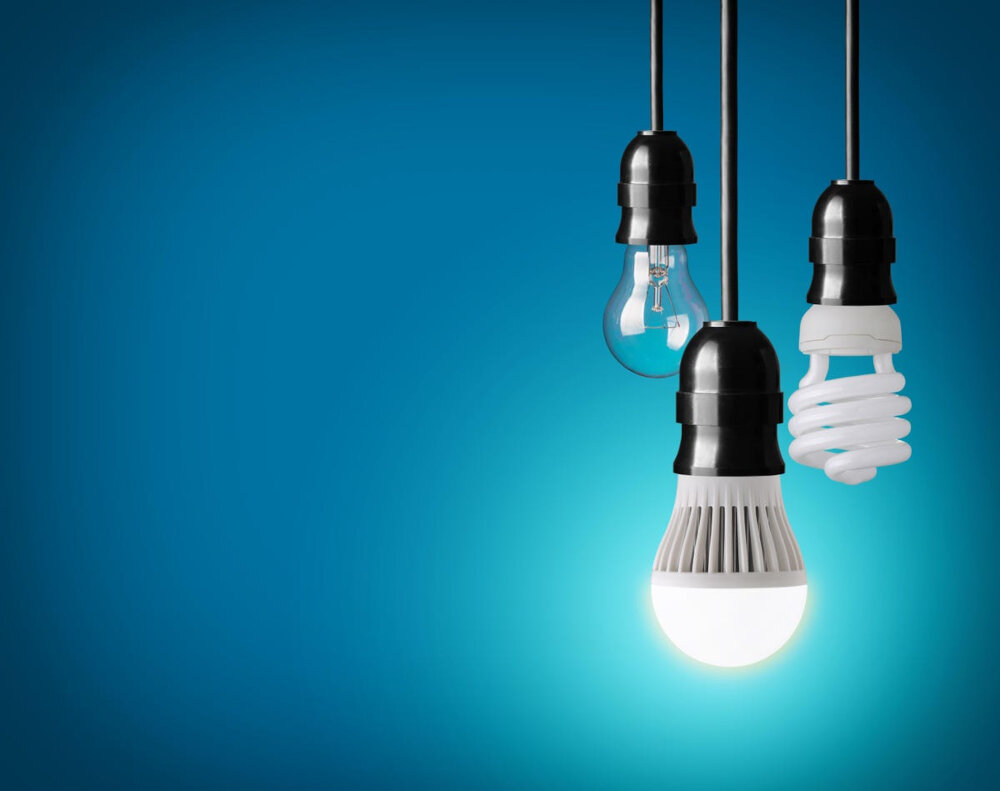
LED light bulbs have increasingly gained popularity due to their energy efficiency, brightness, and long lifespan. However, installing and using these bulbs can be a bit different from traditional incandescent bulbs. Here are some essential tips for installing and using LED light bulbs:Firstly, it is crucial to check the compatibility of your LED bulb with the fixture. Some LED bulbs may not fit into all types of fixtures, and using the wrong bulb can cause damage to the fixture or even the bulb. Additionally, make sure to turn off the power supply before replacing the bulb to avoid electrocution. When installing the bulb, make sure it is properly screwed in and secure to avoid flickering or damage caused by loose connections. It is also important to follow the manufacturer’s instructions regarding the correct wattage and voltage for your LED bulb. Secondly, using LED bulbs effectively can help you maximize their benefits. One of the advantages of LED bulbs is that they emit less heat than traditional bulbs, which can help save energy and reduce your cooling costs during hot weather. Additionally, LED bulbs are designed to last significantly longer than traditional bulbs, which means you won’t have to replace them as frequently. To further extend the lifespan of your LED bulbs, it is important to avoid turning them on and off frequently, which can reduce their efficiency and lifespan. Finally, consider using dimmer switches and timers to control the brightness and timing of your LED bulbs, which can help you save energy and reduce your electricity bill.
When installing LED bulbs, it’s important to follow some safety guidelines to prevent accidents and ensure the longevity of your bulbs. Firstly, make sure to turn off the power source and let the existing bulbs cool down before replacing them. Additionally, check the wattage and size of the existing bulb to ensure compatibility with the new LED bulb. When handling the LED bulb, avoid touching the glass with your fingers as the oils from your skin can damage the bulb. Instead, use gloves or a clean cloth to handle the bulb. Once installed, turn on the power source and test the bulb to ensure it’s working properly. By following these instructions, you can safely and easily install LED bulbs in your home or office.
LED bulbs are a smart choice for lighting solutions due to their energy efficiency and longevity. However, to ensure optimal performance and longevity of your LED bulbs, it is important to follow some simple advice. Firstly, make sure to purchase high-quality LED bulbs from reputable brands to ensure durability and reliability. Secondly, avoid using LED bulbs in enclosed fixtures or tight spaces, as they require proper ventilation for heat dissipation. Additionally, it is important to keep the LED bulbs clean and dust-free, as dirt and debris can affect their efficiency. Finally, avoid turning the LED bulbs on and off frequently, as this can shorten their lifespan. By following these tips, you can enjoy the benefits of LED bulbs for many years to come.
When using LED bulbs, it is crucial to avoid some common mistakes that could lead to reduced performance and shorter lifespan. One mistake is choosing the wrong type of bulb for a specific fixture or purpose, such as using a non-dimmable LED in a dimming circuit or using an outdoor bulb indoors. Another mistake is not considering the color temperature and brightness level, which can affect the ambiance and functionality of a space. Additionally, some people may make the mistake of not installing the bulb correctly, such as not screwing it in tightly or not aligning the pins properly. Finally, it is important to avoid using LED bulbs with incompatible or faulty equipment, such as using a bulb with a damaged driver or transformer. By avoiding these mistakes and following the manufacturer’s guidelines, you can enjoy the full benefits of LED lighting, such as energy savings, durability, and versatility.
LED light bulbs are a smart choice for anyone who is looking to save money on their energy bills while also reducing their carbon footprint. These bulbs use significantly less energy than traditional incandescent bulbs, which means that they last much longer and are much cheaper to run. Additionally, LED bulbs emit much less heat than traditional bulbs, which means that they are safer to use and are less likely to cause a fire. They are also very versatile, and can be used in a variety of different applications, from home lighting to commercial lighting to automotive lighting. Furthermore, LED bulbs are incredibly durable and resistant to shock and vibration, making them ideal for use in harsh and demanding environments. Overall, LED light bulbs offer a wide range of benefits and advantages, making them an excellent choice for anyone looking to save money, reduce their carbon footprint, and enjoy high-quality lighting for years to come.
It’s time to embrace the future of lighting, and LED technology is leading the way. Not only do LED light bulbs boast longer lifespans than traditional incandescent bulbs, but they also use significantly less energy, resulting in lower electricity bills and reduced carbon footprints. Plus, LED bulbs emit a brighter, cleaner light that can enhance the atmosphere and aesthetic of any room. So why not make the switch to LED and contribute to a brighter, more energy-efficient future? With a range of sizes, shapes, and colors available, there’s an LED bulb for every need and preference. Don’t wait – start enjoying the benefits of LED technology today.
Conclusion
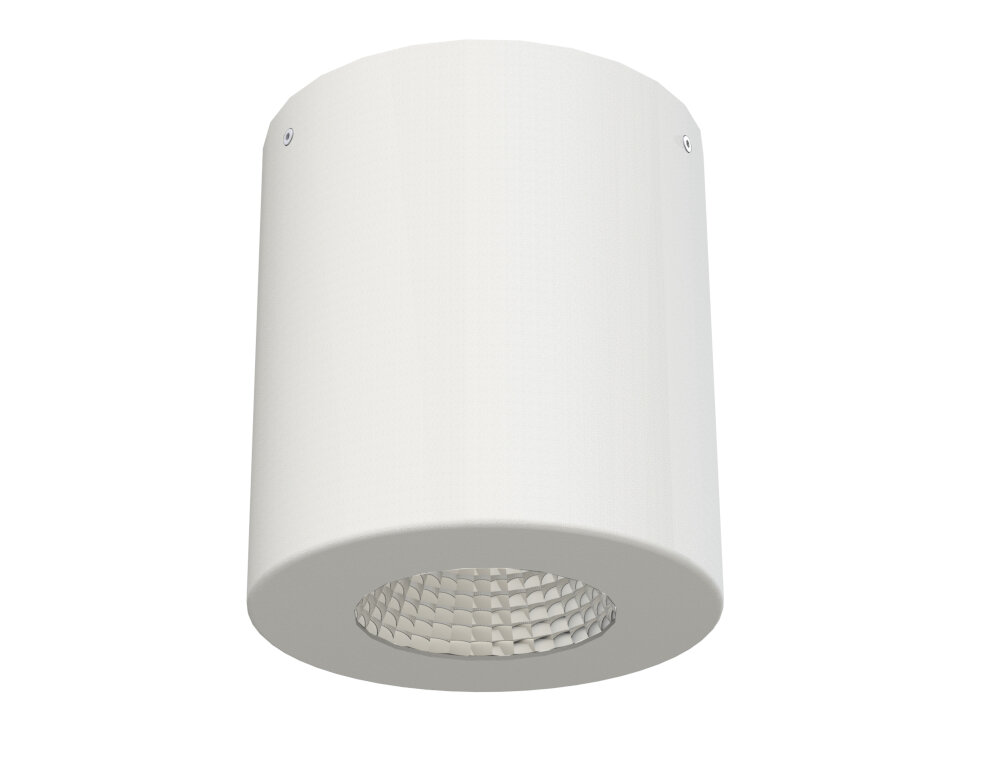
In conclusion, LED light bulbs are a smart choice for anyone looking to save money on their energy bill while also reducing their carbon footprint. These innovative bulbs work by using a semiconductor material to convert electricity into light, making them far more efficient than traditional incandescent bulbs. They also last far longer and are less likely to break, making them a durable and cost-effective lighting solution. With their energy-saving benefits and environmentally-friendly design, it’s no wonder that LED light bulbs are becoming increasingly popular in homes and businesses around the world. So why not make the switch and start enjoying the many benefits of LED lighting today?

